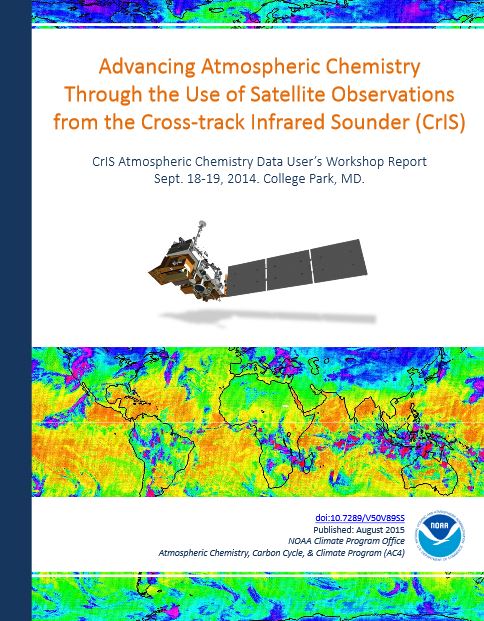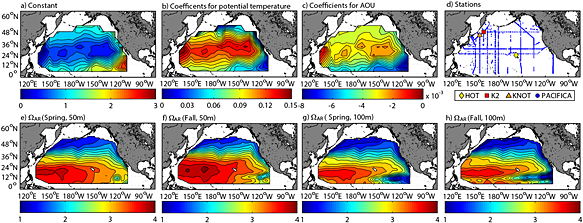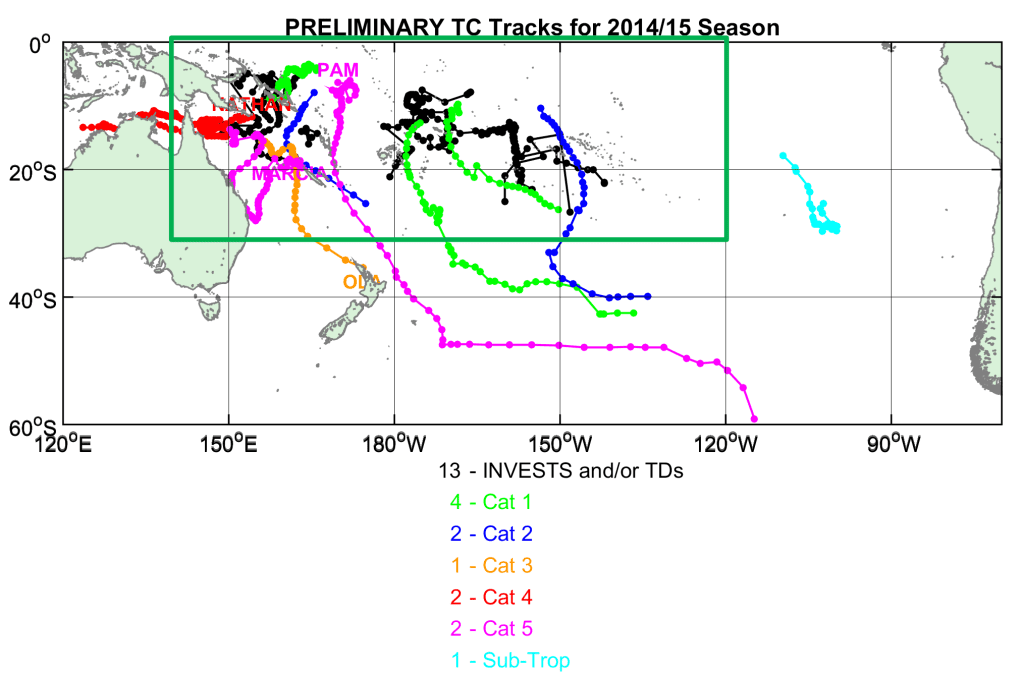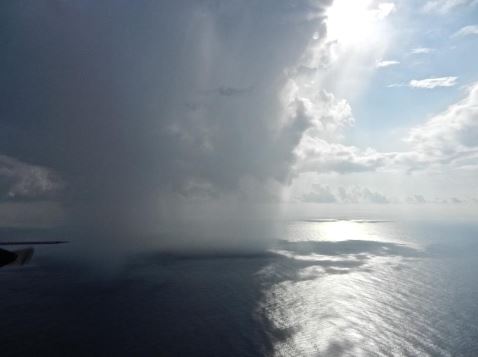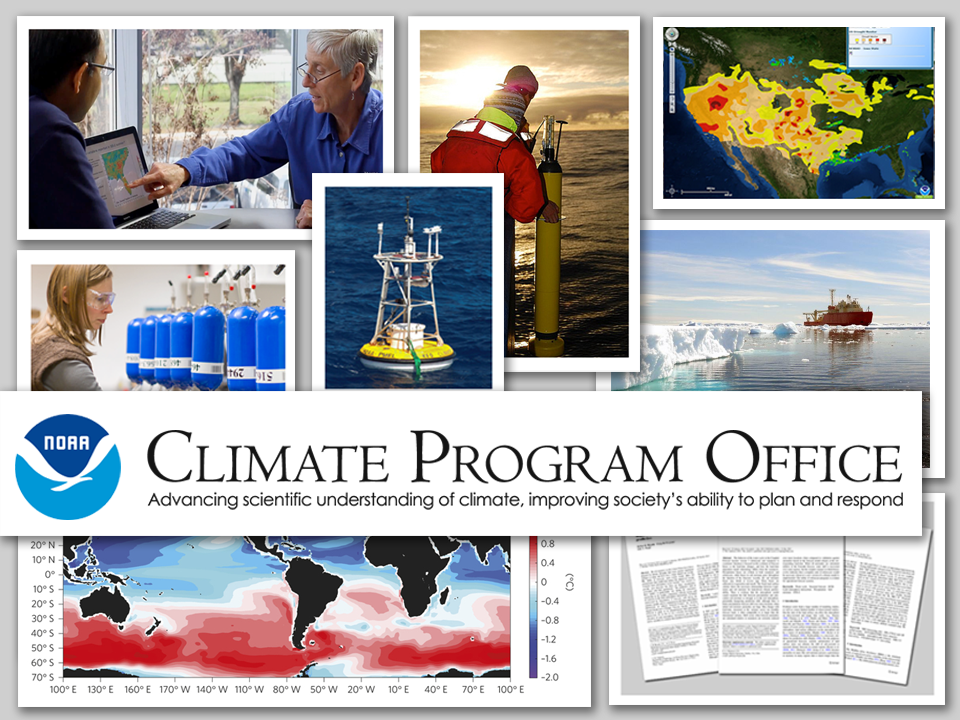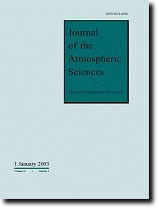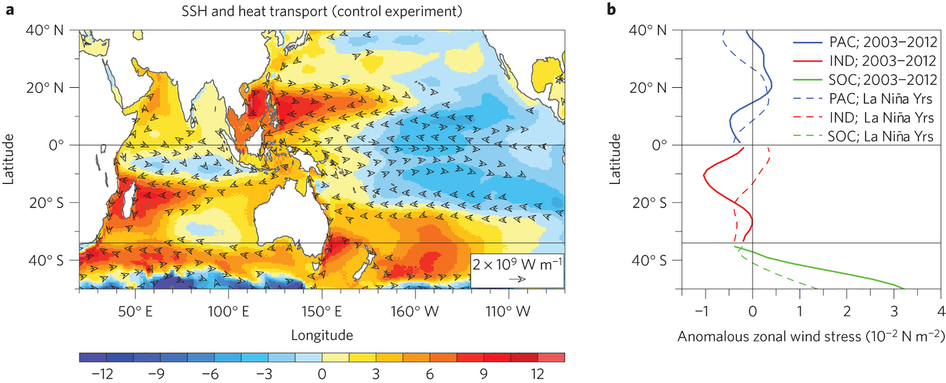CVP Webinar Series on Decadal Variability and Predictability
Please join us from 2-3PM EDT on Wednesday, September 16th for the next Decadal Variability and Predictability webinar, featuring presentations on AMOC’s Impact on Climate Regimes, and on West African Monsoons & Atlantic Hurricanes.
For the full schedule and to sign up to view the webinars, visit cpo.noaa.gov/cvp-webinars.
CVP Webinar Series on Decadal Variability and Predictability Read More »


